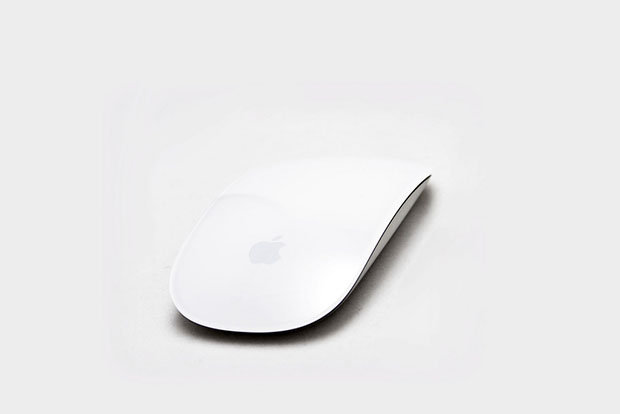Amazon Patent Shows Common Seamless Background Lighting Technique
![]()
Is Amazon attempting to patent an age old photography lighting technique? A recently published patent seems to suggest that, and it’s getting some photographers up in arms.
Here’s the description of the patent:
Disclosed are various embodiments of a studio arrangement and a method of capturing images and/or video. One embodiment of the disclosure includes a front light source aimed at a background, an image capture position located between the background and the front light source, an elevated platform positioned between the image capture position and the background, and at least one rear light source positioned between the elevated platform and the background. A subject can be photographed and/or filmed on the elevated platform to achieve a desired effect of a substantially seamless background where a rear edge of the elevated platform is imperceptible to an image capture device positioned at the image capture position [emphasis ours].
Here’s the patent itself embedded into this page:
Sound familiar? Shoot the Centerfold writes that many photographers “will recognize this lighting set-up and method as being a very old, very common and very widely used lighting technique to photograph a subject against a white cyclorama background.”

![]()
![]()
How controversial the patent really is depends on how wide-reaching it is when it comes to the technique. Among comments on Shoot the Centerfold calling the patent “BS” and asking fellow photographers to boycott Amazon, a reader named Gwo offers a more thoughtful explanation:
[…] this patent claim 1 only applies if you have ALL of
4 rear light sources, in a 10:3 intensity ratio, in exactly
An 85mm lens at f/5.6
ISO 320 set
An elevated platform with the object on it, and a reflective top surface on that platform
So, it appears that Amazon is attempting to protect its “secret sauce” for creating product photographs in front of a seamless background, perhaps in order to prevent competitors’ photographs from looking 100% identical in terms of lighting.
Still, it’s not often that we hear of a patent for a specific lighting setup and/or technique, so this particular one is definitely worth looking into and discussing.
Thanks to everyone who sent this in!
Image credit: Product photo example by Carl Berkeley